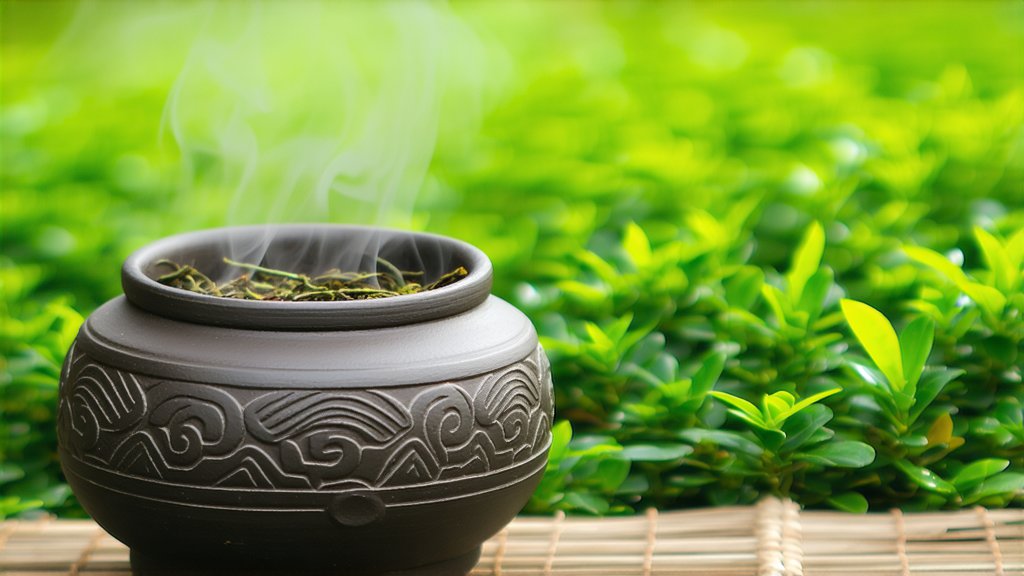
Keemun Black Tea, hailing from the picturesque landscapes of Qimen County in Anhui Province, China, stands as a testament to the rich tapestry of Chinese tea culture. This exquisite variety of black tea has captivated tea enthusiasts worldwide with its unique flavor profile, historical significance, and meticulous production process.
A Glimpse into History
The origins of Keemun Black Tea date back to the early 19th century during the Qing Dynasty. It is named after the Qimen region, which was formerly known as Keemun. The tea gained international prominence when it became the first Chinese tea to be exported to Britain in significant quantities. Its arrival marked a turning point in global tea trade, introducing the world to the complex flavors and aromas that define Chinese black teas.
Varieties and Classification
Keemun Black Tea encompasses several grades, each offering a distinct taste experience. The most renowned among them are:
- Gong Mee (Kongfu Red): Known for its fine, golden tips and robust flavor, Gong Mee represents the pinnacle of Keemun quality. It undergoes meticulous sorting to ensure only the finest leaves and buds are included.
- Huang Ya (Yellow Sprout): Slightly less refined than Gong Mee but still boasting a delightful balance of sweetness and astringency.
- Xiang Ya (Fragrant Sprout): This grade strikes a harmonious blend between affordability and flavor, making it popular among everyday tea drinkers.
- Chuan Ya (Plain Sprout): The most economical option, yet it retains the characteristic Keemun essence, appealing to those seeking authenticity without breaking the bank.
The Craft of Production
The journey from leaf to cup for Keemun Black Tea is an intricate dance of tradition and precision. Here’s an overview of the key steps involved:
- Withering: Freshly picked tea leaves are spread out under the sun or in shaded areas to reduce moisture content, allowing enzymes within the leaves to initiate oxidation.
- Rolling: Leaves are gently rolled using traditional methods or modern machinery to break down cell walls, facilitating further oxidation and releasing essential oils.
- Oxidation (Fermentation): Rolled leaves are left to ferment, transforming their color from green to a deep burgundy hue. This process develops the tea's distinctive flavor and aroma.
- Drying: Finally, the leaves are dried to halt oxidation and lock in their flavor. This can be done through sun drying, oven drying, or a combination of both.
Art of Appreciation: Tasting Keemun Black Tea
To truly appreciate Keemun Black Tea, one must engage in the ritual of tea tasting, or "nosing" as it's colloquially known. Here’s a guide to savoring its nuances:
- Preparation: Use water heated to approximately 90-95°C (194-203°F). Rinse the teapot and cups with hot water to warm them up.
- Infusion: Place about 3 grams of loose tea per 150ml of water into the teapot. Steep for 3-5 minutes, adjusting time based on personal preference for strength.
- Observation: Note the tea's color, typically a bright amber or coppery red.
- Aroma: Inhale deeply before sipping to detect the tea's floral and fruity notes, intertwined with hints of earthiness.
- Tasting: Take small sips, allowing the tea to coat your palate. Pay attention to its smooth texture, sweet undertones, and subtle astringency.
- Aftertaste: Notice how the flavors evolve andlinger on your tongue, revealing layers of complexity.
Cultural Significance and Modern Relevance
Beyond its sensory pleasures, Keemun Black Tea holds cultural significance in China, symbolizing hospitality, respect, and harmony. It is often served during important gatherings, celebrations, embodying the spirit of togetherness.
In contemporary times, Keemun continues to thrive amidst a global resurgence of interest in traditional teas. Its versatility makes it suitable for various culinary applications, from classic pairings with milk and sugar to innovative cocktails and desserts. Moreover, Keemun's antioxidant properties and potential health benefits have piqued the interest of health-conscious consumers worldwide.
In conclusion, Keemun Black Tea is more than just a beverage; it's a bridge connecting past traditions with present-day appreciation for the art of tea-making. Each cup tells a story of heritage, craftsmanship, and the enduring allure of Chinese tea culture. As you embark on your own journey exploring Keemun, allow yourself to be transported by its rich history and enchanting flavors, immersing yourself in the timeless elegance of this remarkable tea.